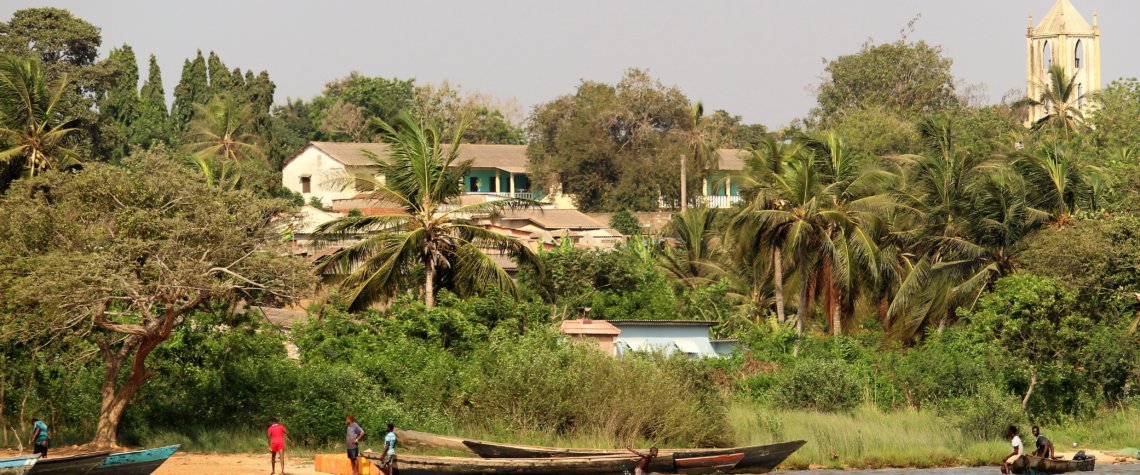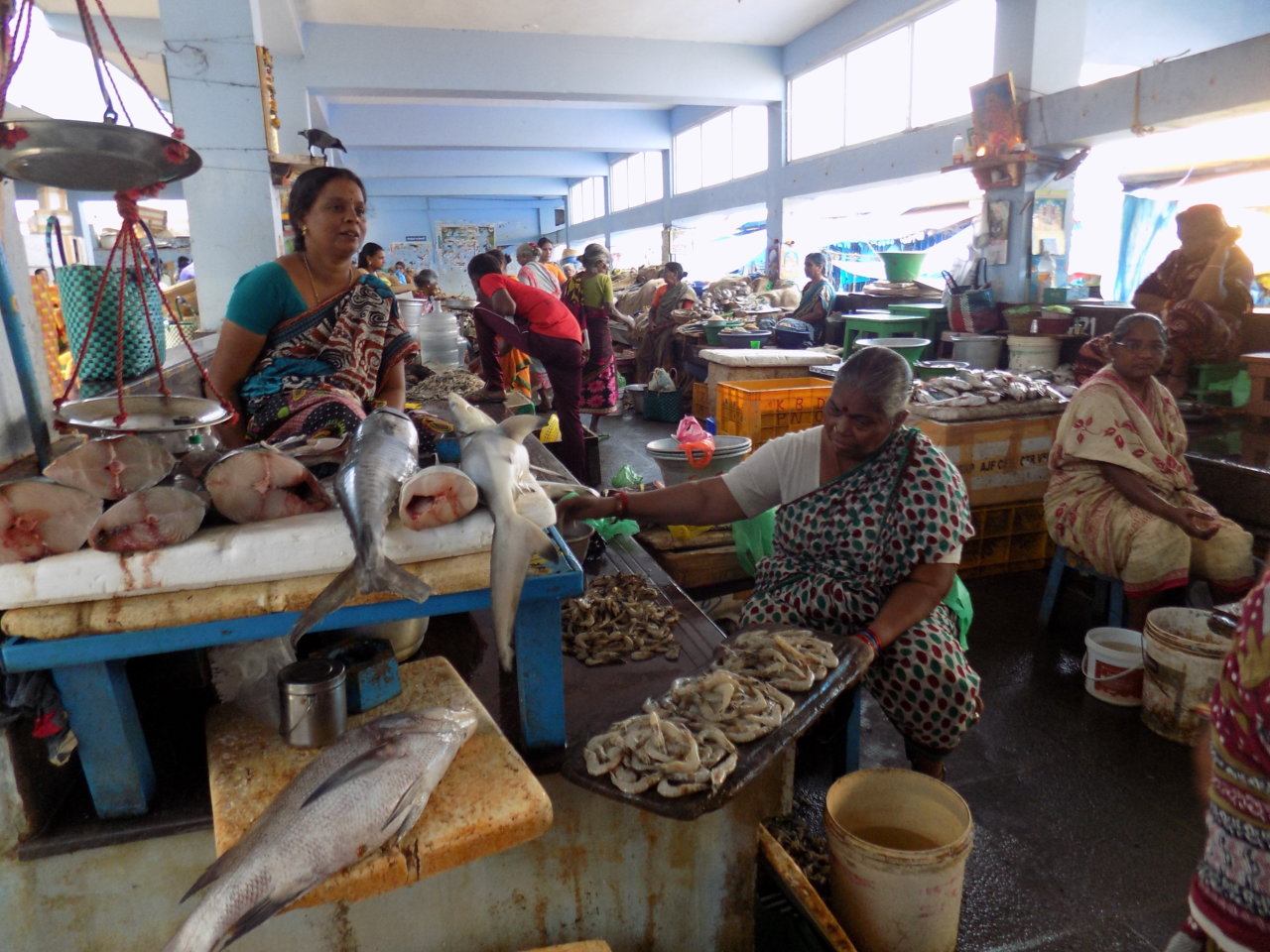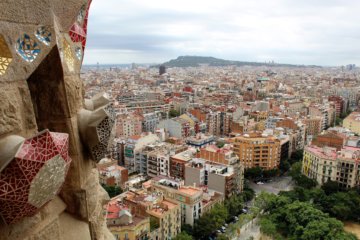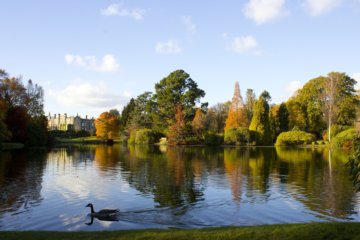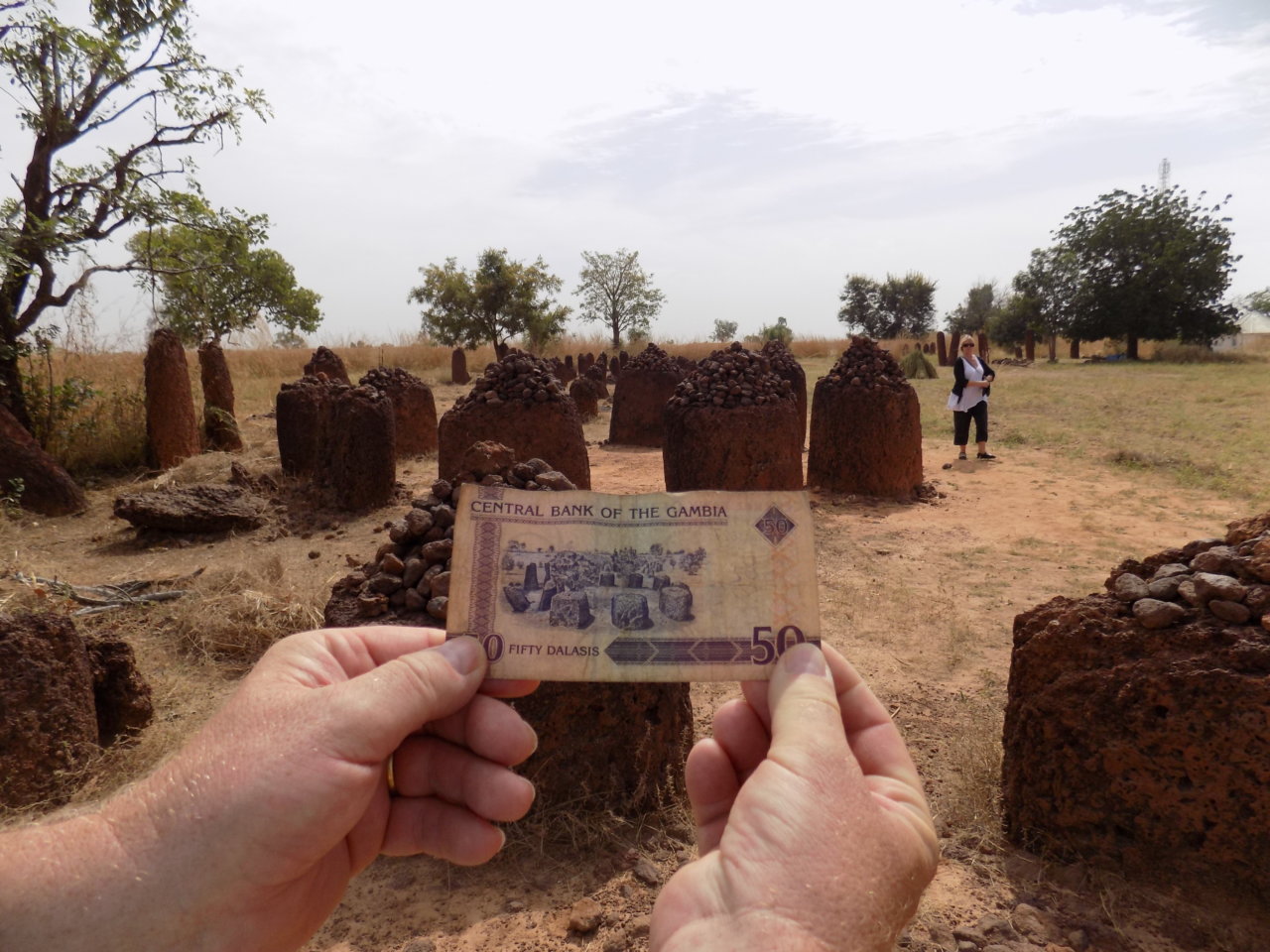Togoville is a town and district in southern Togo located on the northern shore of Lake Togo. It was on our itinerary on our recent tour of West Africa. It is certainly worth a visit, though perhaps not for an overnight stay. I’d recommend doing what we did; stay in Agbodrafo and take a boat across the lake to Togoville.
In this article, I will tell you all you need to know about Togoville, Togo. For information on other places to visit in this amazing country, as well as travel tips, please read my Complete Togo Travel Guide.
In this article
Agbodrafo
Agbodrafo is a popular weekend retreat from the chaos of Togo’s capital, Lomé. It is situated between Lake Togo and the Atlantic. Whilst there is nothing really to detain the visitor in the town itself, there are a number of beach resorts along on the southern shore of the lake which offer a relaxing place to spend a day or two. We were due to be camping on the beach, but the chance to upgrade to an air-conditioned bungalow for an extra few euros was not one we could turn down!
Our Visit to Togoville
A large pirogue picked us up from the beach at our resort. We needed two boatmen to pole us across the lake; one, because of the size of the boat and two, because of the distance we needed to go in windy conditions. We also had a massive sail made from empty cement bags, but I’m not sure whether this was a help or a hindrance! It took about 45 minutes to get across and about an hour and 15 minutes to get back when we were heading into the wind.
We hadn’t even reached the shore at Togoville when several local guys waded out to the boat and, before we could register what was happening, they had scooped some of our group up into their arms and carried them to shore! When we realised what was going on, the rest of us disembarked under our own steam as quickly as we possibly could! Of course, the ‘porters’ wanted to be paid, but none of us had any change and those who were carried hadn’t asked to be, so their efforts went unrewarded! It’s a pity that it all happened so fast that I didn’t get the chance to take any photos. One member of our group, a larger man of a certain age, was properly stunned at being swept off his feet; he said he could feel his porter’s knees buckling before he was unceremoniously dumped on the beach!
On shore, we met our guide, Christopher, and set off on our tour of the town.
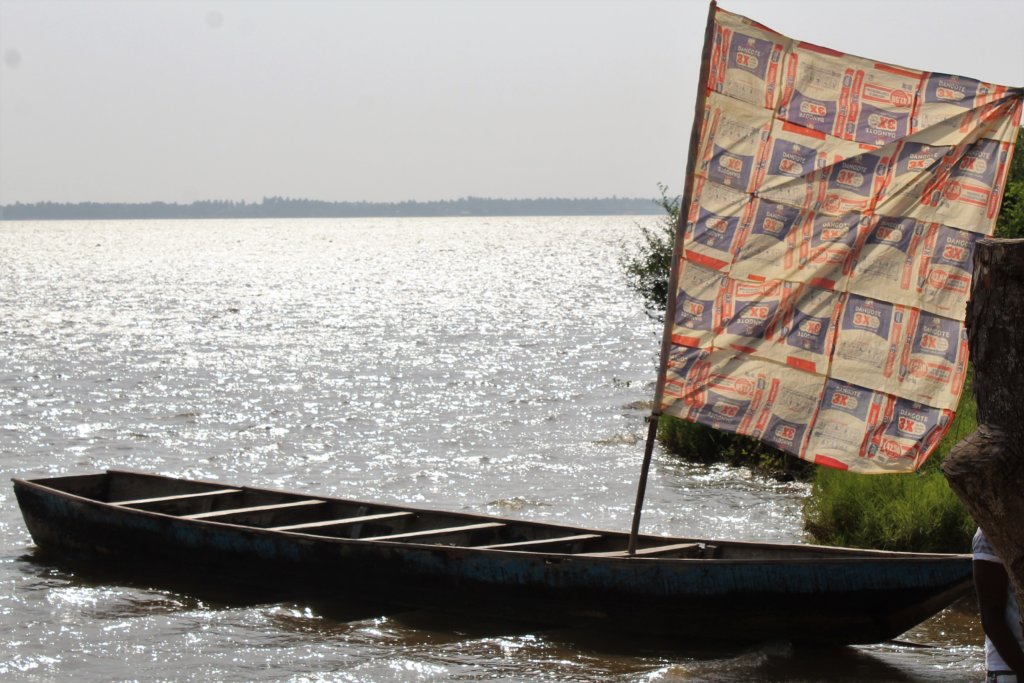
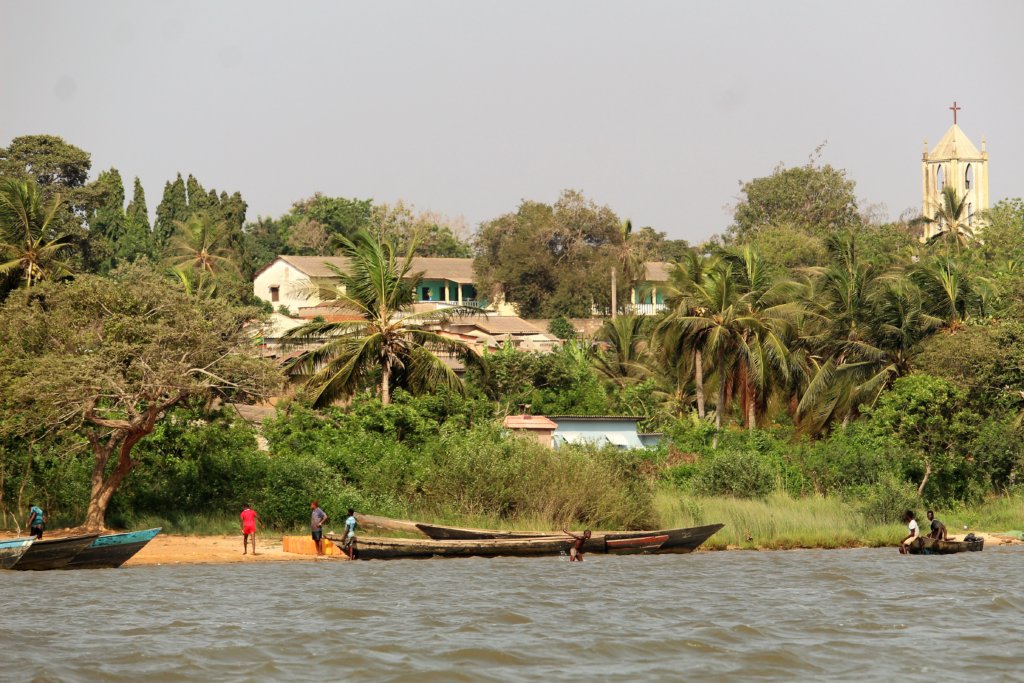
History
Togoville was originally simply called Togo, which means ‘lake’ in the local Ewe language (making the name ‘Lake Togo’ rather stupid!). When German explorer, Gustav Nachtigal, came to the area in 1884, he signed a treaty with the local chief, Mlapa III, establishing a German protectorate and giving colonial power and privilege to the Germans. He named the town ‘Togostadt’ and declared it the capital of Togoland, later simply Togo. This was a friendly treaty and the relationship between the two nations is commemorated by a statue in the town. It shows a German and an African on the back of a dove with its wings raised. As you look at it, the German is on the left; she has a longer, flatter nose than the African and long hair.
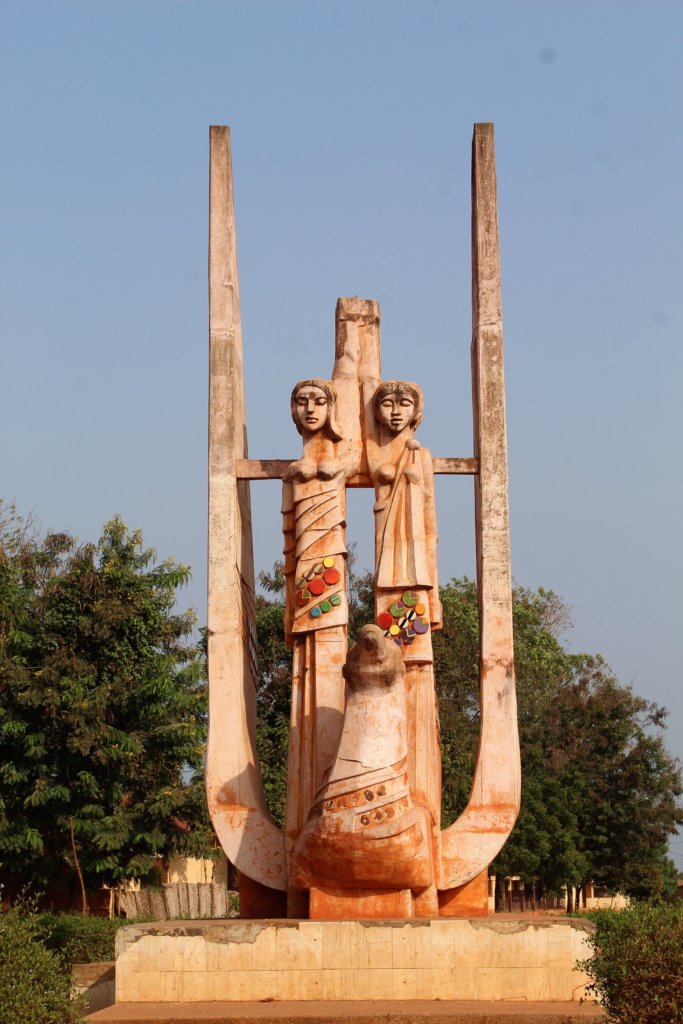
During the First World War, Togoland was invaded by British and French forces. In 1922, Britain received the League of Nations mandate to govern the western part of Togo and France was given the eastern part, which included Togostadt. They immediately renamed it Togoville! The French had a more uneasy relationship with local people, mainly because the situation was forced upon them, whereas they had freely negotiated with the Germans. There is a statue outside the town’s cultural centre which represents the situation between locals and their French colonial masters. The local chief is elderly and is depicted as proud, sitting erect, wearing traditional clothes and carrying a ceremonial staff. He is directly facing his ruler. The Frenchman is much younger and is shown wearing casual clothes and sitting astride his chair leaning on the back of it to look at the African. The meaning is clear; the colonial powers showed no respect to those whose country it was.
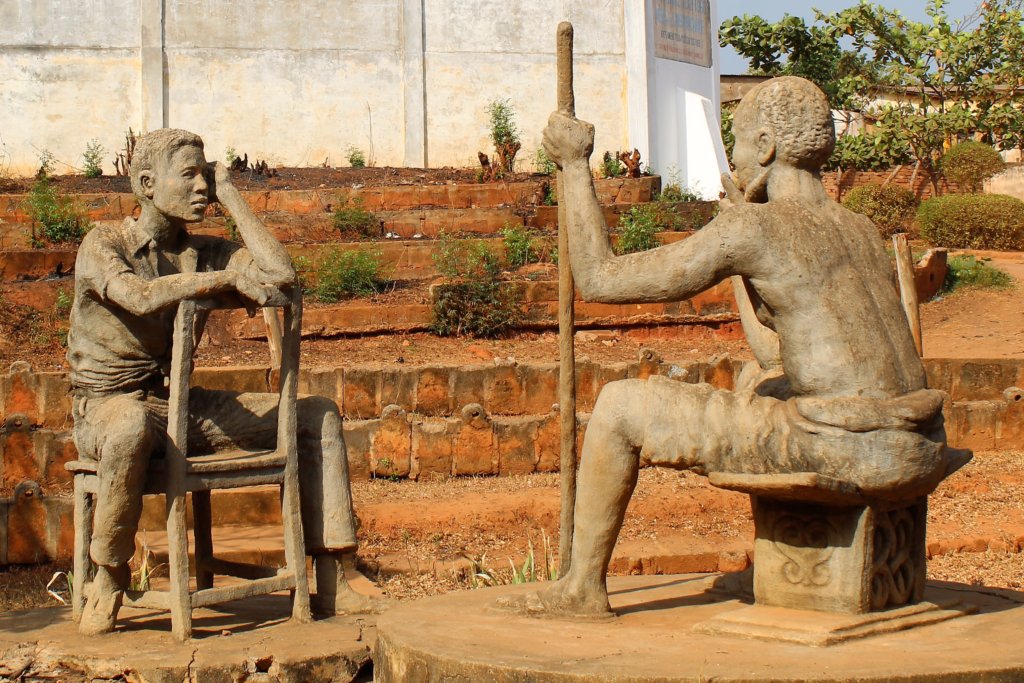
Togoville Cathedral
When the Germans came to Togo the vast majority of the populace followed the voodoo religion, but this didn’t stop them building a large Presbyterian church in Togoville in 1910. When the French took over they converted it to a Catholic church and renamed it the Notre Dame Cathedral. The original bright colours and stunning stained glass put in by the Germans still remain, though.
In the 1970s, the Virgin Mary is said to have appeared to a girl on the lake. This prompted the building of a shrine and, in 1985, Pope Jean Paul II visited the cathedral and held a service here. 2000 people attended. It is thought to be the only time the Pope prayed with animists and paid homage to a sacred snake! The boat he crossed Lake Togo in is now considered to be sacred and sits on a pedestal outside the church.
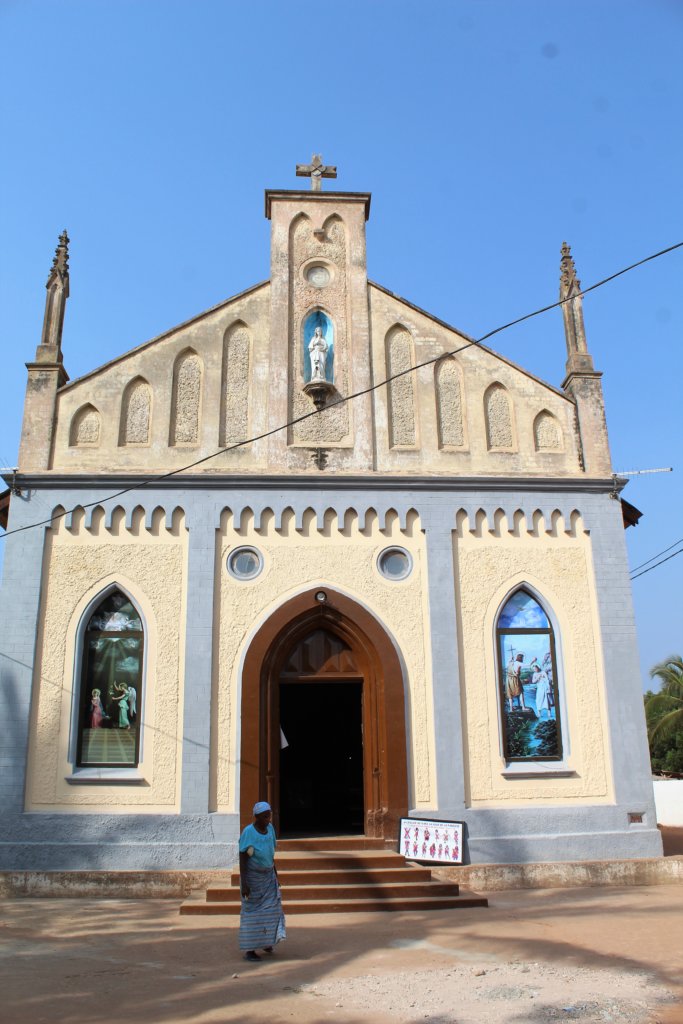
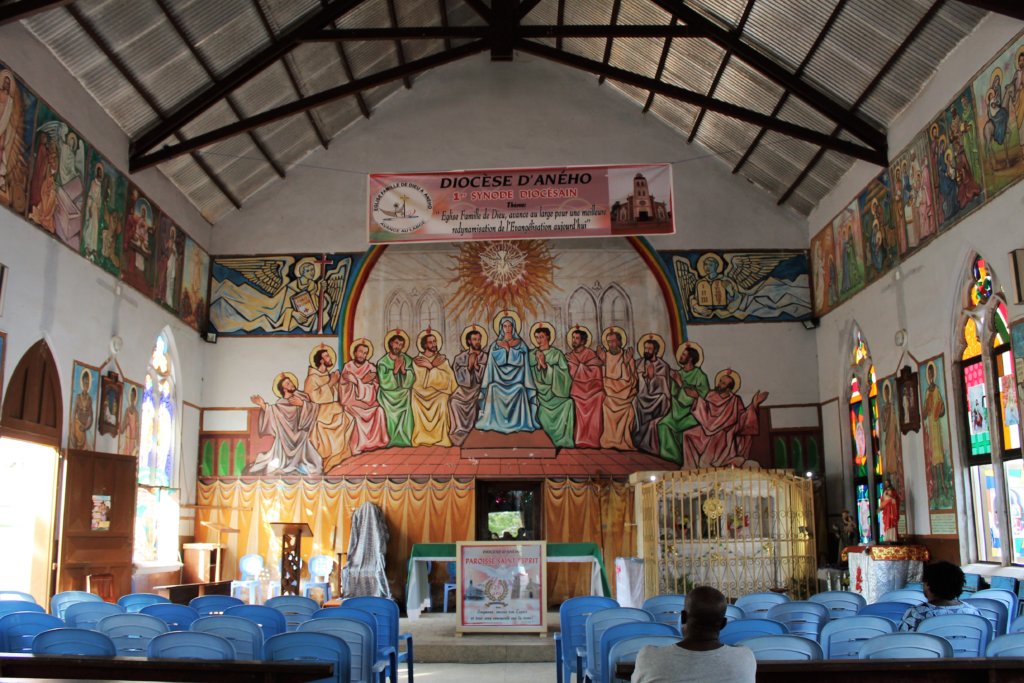
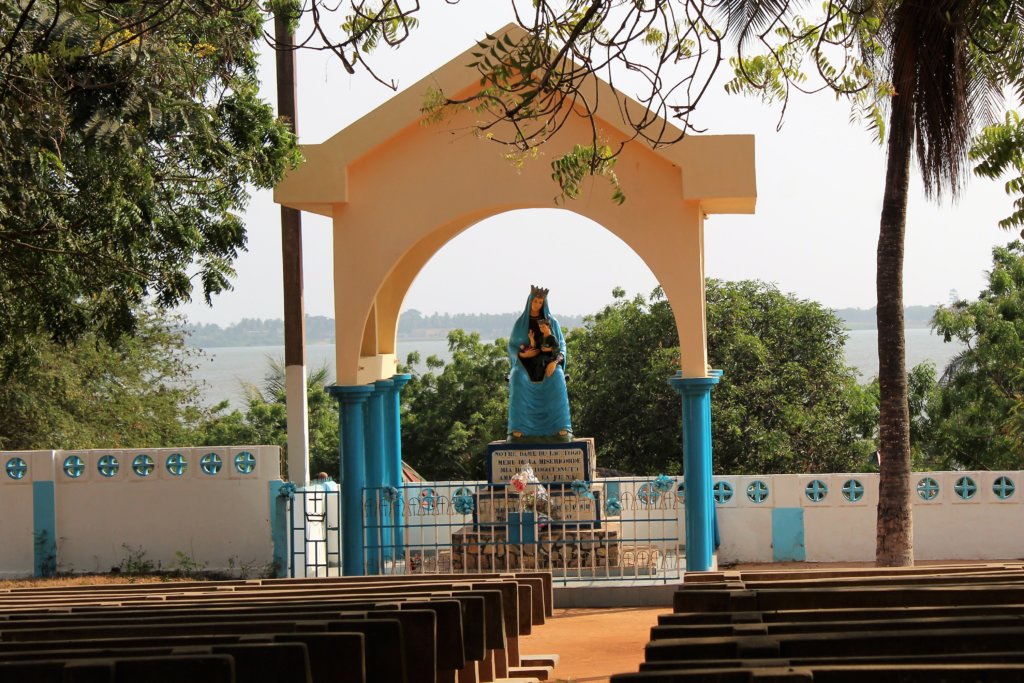
Voodoo Shrines
Togoville has many voodoo shrines. We stopped to look at altars to male and female voodoo deities. It was difficult to distinguish between the sexes, but our guide explained that a statue representing a female god is always covered, whereas a male god is left exposed to the elements. We also visited a tree dubbed the ‘twin tree’. As in voodoo practice in Benin, twins are considered to be sacred. If a couple is blessed with twins, they must make a sacrifice at this tree.
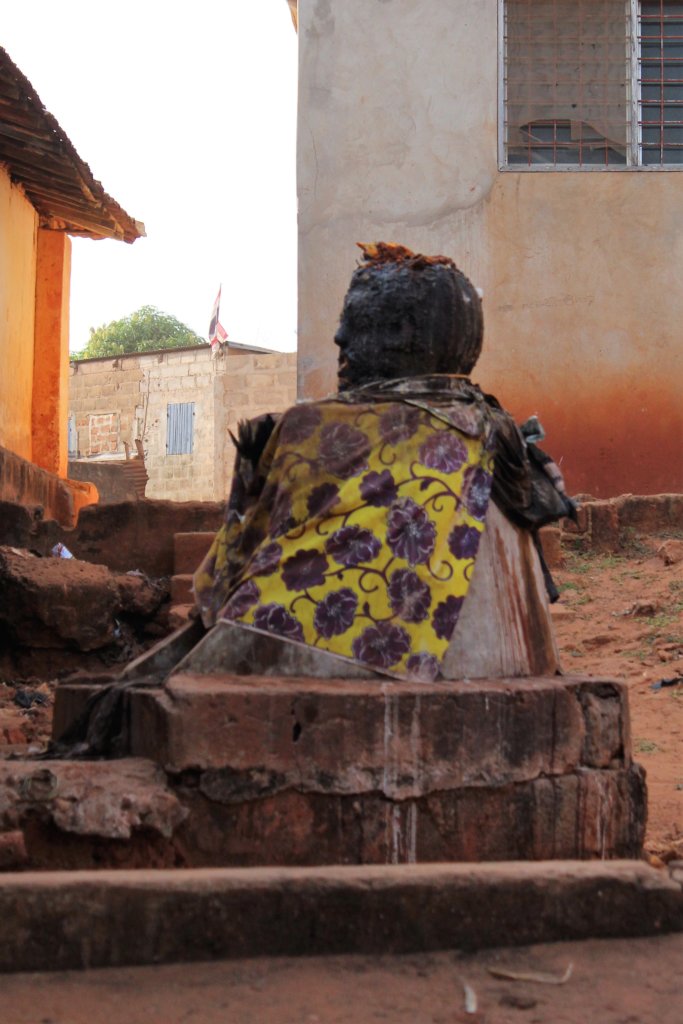
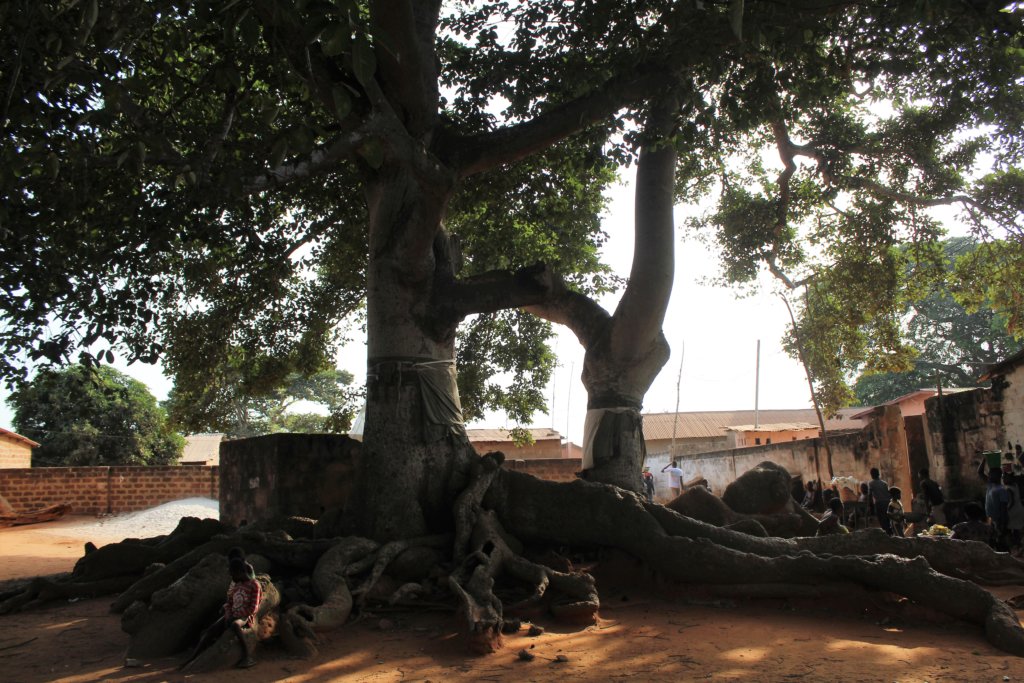
READ MY COMPLETE TOGO TRAVEL GUIDE
Read even more about Togo!
Book your own tour of West Africa!
If you like what you’ve read, pin it!!
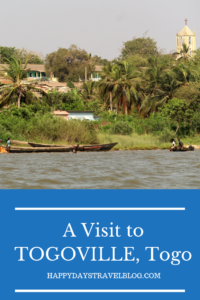
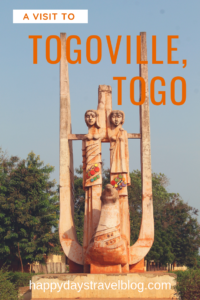
Disclosure: This post contains affiliate links. If you click through for more information, or to make a purchase, it may result in a small commission coming my way. Please note that there is no extra cost to you associated with this. Thank you so much for supporting my site.
Join our mailing list

Sign up to receive our monthly newsletter. Keep up with what we're doing and be the first to receive special offers and insider tips.

